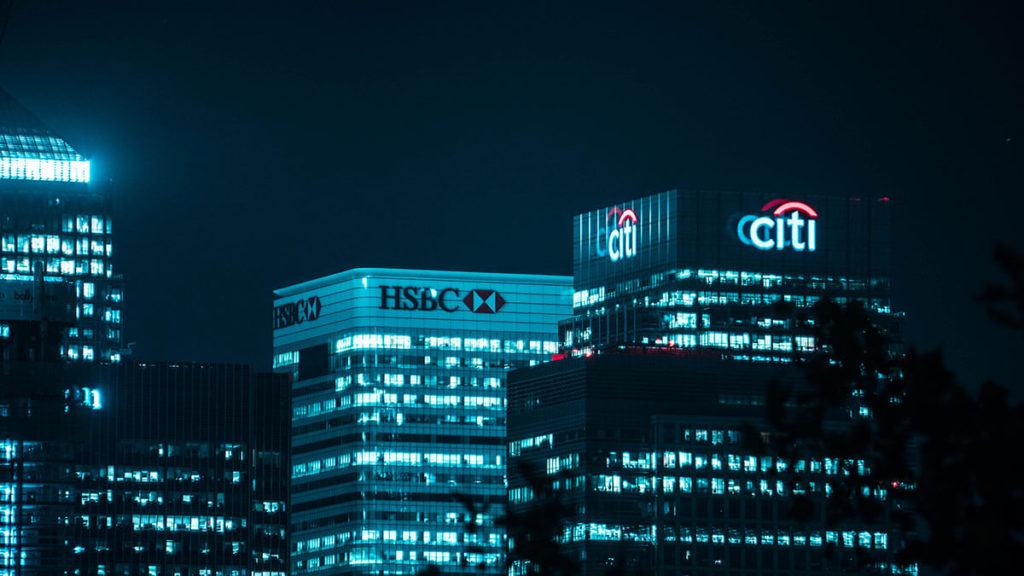
Updated for 2023 – From HSBC to Goldman Sachs, these are some of the biggest money laundering scandals to have been discovered.
Money laundering is a major concern for businesses and financial institutions across the world and even the biggest companies struggle to stop it from happening. To illustrate the damage being caused by this criminal activity, Credas Technologies, the leading anti-money laundering checks provider, has compiled some of the biggest laundering cases in history to show that every business needs to be vigilant if they’re to avoid the severe punishments that come as a result.
Santander – Fined £107.7m in 2022
The UK regulator for the financial services and banking sector, the FCA, fined Santander £107.7m for ‘serious and persistent gaps’ in their bank’s controls. The fine was issued for a lack of due diligence between December 2012 and October 2017, with over £298m passed through business accounts despite red flags being raised.
Wachovia Bank – Fined $160m
In 2010, Wachovia Bank, now part of Wells Fargo, was one of the biggest banks in the US when authorities discovered it had enabled Mexican cartels to launder an estimated $390 billion between 2004-2007. As a result, the bank was fined $160 million.
Standard Chartered Bank – Fined $1.1bn
When Standard Chartered Bank was found to have failed to implement sufficient anti-money laundering (AML) practices and thus enabled $265 billion to be laundered by criminal groups from various global nations, authorities issued fines totalling an estimated $1.1 billion.
Danske Bank – Fined $1.4bn
Between 2007-15, it’s alleged that weak AML controls at Danske’s Estonia branch enabled thousands of suspicious customers to launder around $228 billion. The bank was suspended from operating in Estonia and a number of its executives were criminally charged. Authorities are still working out how much the bank should be fined, but it’s estimated to end up being around $1.4 billion.
Bank of Credit and Commerce International (BCCI) – liquidated
Between the mid-80s and mid-90s, BCCI was found to have enabled money laundering activity to the tune of $23 billion. Investigators say the bank was formed specifically to circumvent regulatory supervision, using shell companies, secrecy havens, kickbacks, and even bribery to avoid the suspicion of inspectors. The bank quickly went into liquidation, owing more than $10 billion to creditors.
HSBC – Fined $1.9bn
HSBC was fined $1.9 billion in 2012 for having insufficient AML measures in place which enabled around $8 billion to be laundered over seven years. It was also found that the bank provided services to terrorist organisations and allowed transactions involving blacklisted counties like Iran and North Korea.
Commerzbank – fined $50m
In 2020, the London branch of Commerzbank was fined $50 million, one of the biggest fines in UK history, for ignoring multiple warnings from regulators and failing to implement adequate AML measures between 2016-17, resulting in $347 million being laundered.
Westpac Bank – Fined AU$1.3bn
Between 2013-19, Westpac failed to adhere to the necessary AML and anti-terroism measures and did not properly report more than 19 million international money transfers to the regulator. This enabled more than AU$11 billion to be laundered, for which the bank was fined AU$1.3 billion.
Goldman Sachs – made $600 million in profits
In Malaysia, Goldman Sachs was involved in the notorious decade-long 1MBD scandal, involving bribery, laundering, and gross misuse of customer funds which brought in $600 million profit for the bank. As a result, it was fined $2.9 billion by the US, $3.9 billion by Malaysia, and a further $350 million by Hong Kong
Money laundering is a major issue on a global scale and while these organisations did not necessarily knowingly allow themselves to be abused by launderers, this doesn’t absolve them from their responsibilities or the consequences.
The examples presented here are some of the biggest known cases in the world but don’t be fooled, criminal organisations target companies of all shapes and sizes in order to wash their ill-gotten gains.
If they see a potential laundering opportunity, they will take it. Even a family-run business could fall foul of such activity and so it’s absolutely essential to have adequate AML measures in place, including proper ID checks.
This will make it much harder for criminals to take advantage of you, and will also protect you against fines in those rare cases when they do still manage to abuse your company.
Table shows some of the highest profile money laundering cases to have taken place around the world
| AML example | Est amount ML / profit | Est fines | Sources | |||
|---|---|---|---|---|---|---|
| Wachovia Bank | $390 billion USD | $160 million USD | link | link | link | |
| Standard Chartered Bank | $265 billion USD | UK and US = $1.1 billion USD | link | link | ||
| Danske Bank | $228 billion USD | Potential fine = $1.41 billion USD | link | link | link | |
| Bank of Credit and Commerce International (BCCI) | $23 billion USD | Liquidated an owed more than $10 billion USD to creditors | link | link | ||
| Commerzbank | $347 million USD | $50 million USD | link | |||
| Westpac Bank | $11 billion AUD | $1.3 billion AUD | link | |||
| Goldman Sachs | $600 million USD in profits | $2.9 billion USD (in United States)(plus $3.9 billion USD in Malaysia; $350 million HK) | link | link | link | |
| HSBC | $8 billion USD | $1.9 billion USD (US authorities settlement) | link | link |
Photo by Mikel Parera on Unsplash
